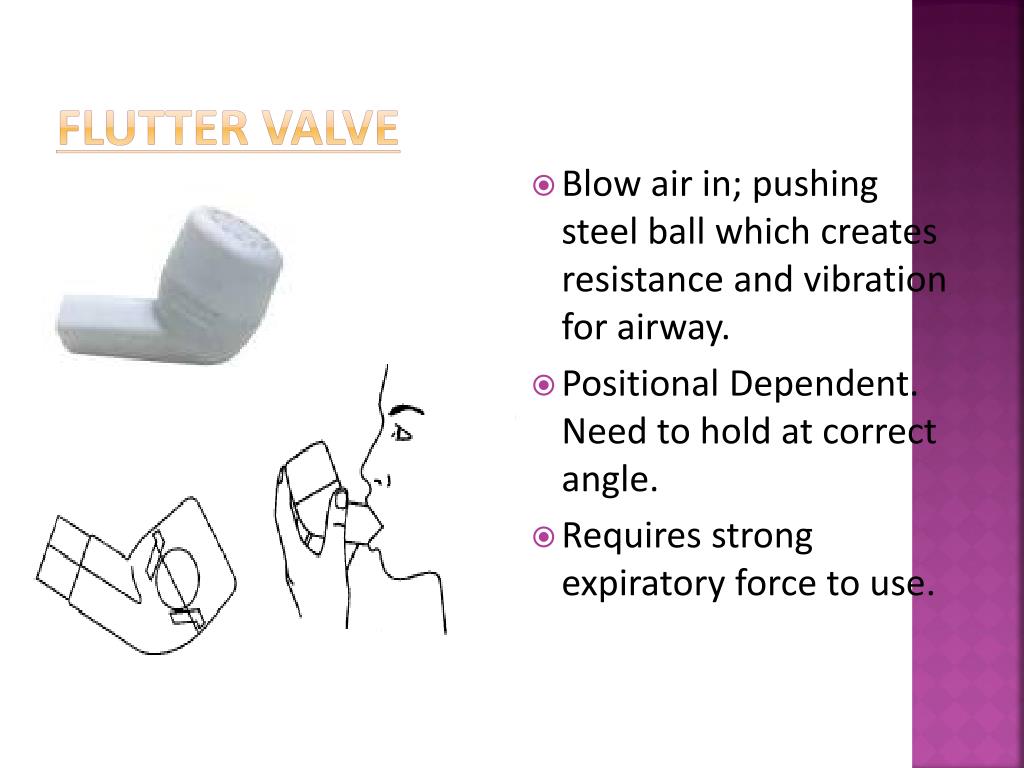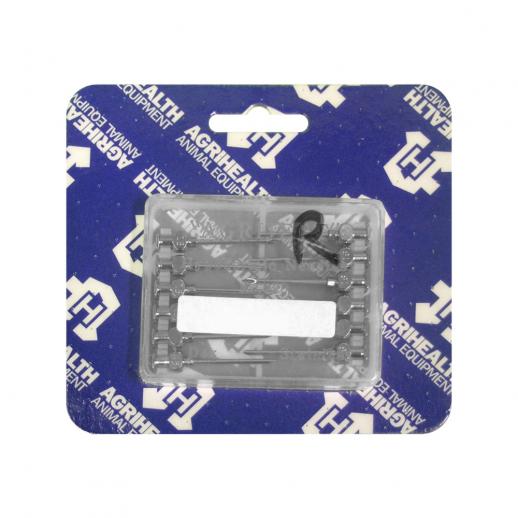

We assume no liability for property damage or injury as a result of any of the information contained in this video. Do not do any modifications to your vehicle that will void your warranty or in any way violate your local laws. We can not guarantee the modifications performed in the video are legal in your locality. VTEC Academy videos are for educational and entertainment purposes. We’re always on the lookout for cool, fast Hondas. So, subscribe to our channel and hit us up at or, if you’re into social media, you can get your daily dose of VTEC Academy on Instagram, Facebook, and Twitter. It has 1.2 L (1,198 cc), 1.3 L (1,318 cc) and 1.5 litres (1,497 cc) displacement variants, which utilize the names L12A, L13A and L15A. And, like you, we’re also obsessed with Hondas. SHOW ALL QUESTIONS The L-series is a compact inline-four engine created by Honda, introduced in 2001 with the Honda Fit. The editors and contributors of VTEC Academy are some of the industry’s most experienced and trusted, which means the informative, unique perspectives you need are all right here. VTEC Academy is a place for Honda fans who feel the same way and who seek the most accurate technical information and commentary to continue that very legacy and make whatever Honda it is that they drive just a little bit better.

Because Soichiro Honda’s passion for motorsports and his company’s ability to express that in the machines they produce make a whole lot of sense. That’s exactly what you’ll find at VTEC Academy. Help Support VTEC Academy by hitting up our store for gear at or help us by sharing (it’s free!) this post or others with other cool Honda people. Take advantage of the Acuity Instruments Black Friday sale and get 11% off cool parts like the shifter in this video by hitting this link to Acuity Instruments November 23-29 this year! Being one of the first to do such a swap wouldn’t be easy, but most things that are worth doing rarely are. The B16 in Nikki’s 6th gen Civic was on it’s last legs and they saw the potential in Honda’s newest turbocharged engine. Once again many enthusiasts declared that “Honda had lost their way.” “How dare they put a smaller engine in the Civic Si!” You know who wasn’t saying that? Bryant and Nikki Robinson, that’s who. Well, flash forward to the 10th gen Civic and the diminutive L15B7.
L15b7 flutter valve series#
But then a funny thing happened, tuners began to unlock the power potential of the K series and soon the K was the swap that everyone wanted.

A lot of the Honda heads at the time scoffed and moved on to build CRVTEC Frankenstein B series for “all the torque” on a budget with “real VTEC.” The “Kill Stories” section of some of the forums would be populated with stories of owning expensive RSXs with B powered EFs, EGs, EKs, DAs and DCs. Honda had lost its way (No, not really!) and they switched to the newfangled K series engines for their performance minded Integra replacement, the RSX. The traditional chest tube collection box often would require longer hospital stay.L15B7 Swapped EK Civic: Old school meets Hondas newest technologyīack in the olden days, around 2000-2002, K swaps weren’t really a thing. The flutter valves or Pneumostat valves allow patients to ambulate more easily and patients may be able leave the hospital in certain instances. An alternative solution is to attach a sputum trap to the valve, thus providing a reservoir to capture the draining fluid. To address this, some have turned to small chest drainage alternatives. The other is that these tend to leak fluid. When chest tube clogging occurs, the pneumothorax or subcutaneous emphysema can recur. There are several potential problems with these valves. The flutter valve is placed in the appropriate orientation (most packages are designed so the valve can only be connected in the appropriate orientation) and the pneumothorax is thus evacuated from the patient's chest.

The end of the drainage tube is placed inside the patient's chest cavity, within the air or fluid to be drained. This construction enables it to act as a one-way valve allowing air (or fluid) to flow only one way along the drainage tube. However, when air is sucked back the other way, the sleeve closes off and no air is allowed backwards. The valve is usually designed as a rubber sleeve within a plastic case where the rubber sleeve is arranged so that when air passes through the valve one way the sleeve opens and lets the air through. It is most commonly used to help remove air from a pneumothorax. However, it is much larger with more tubing, which may encumber the patient. One can also use a chest drainage management system, which typically enables vacuum to be applied along with quantifying the effluent. Flutter valve allowing air to flow one wayĪ flutter valve (also known as the Heimlich valve after its inventor, Henry Heimlich ) is a one-way valve used in respiratory medicine to prevent air from travelling back along a chest tube.


 0 kommentar(er)
0 kommentar(er)
